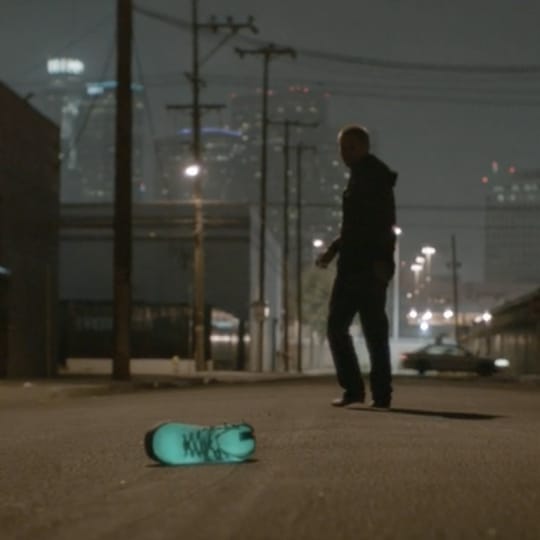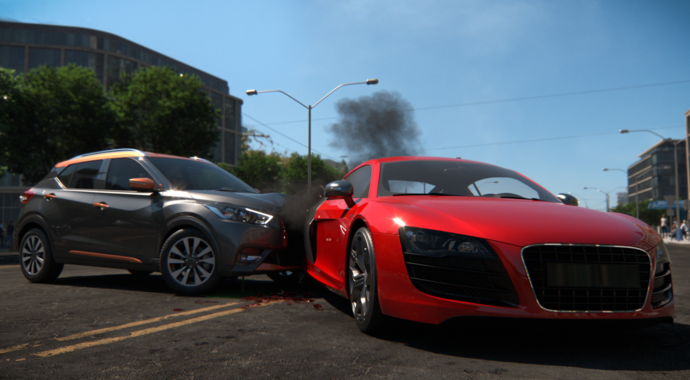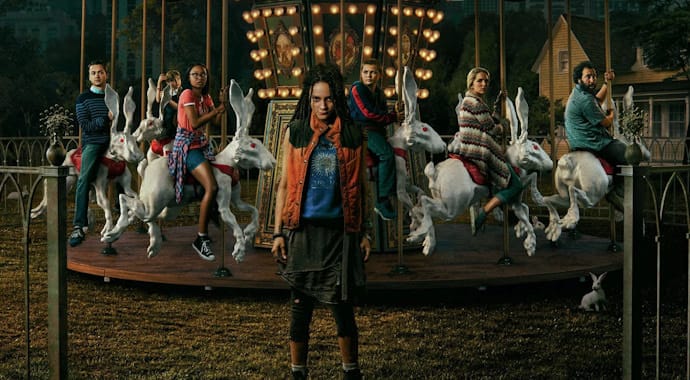Emmy Award-winning Technical Director Allan McKay shares his workflow in V-Ray for 3ds Max and his views on the relationship between AI, scripting and rendering.
In Show 5 of 24 Hours of Chaos, Emmy Award-winning Technical Director Allan McKay focuses on the importance of automating your workflow and reaping the benefits of the scripts and tools made available in rendering software. He also spends time going over remote work, reveals how he tackles challenges, and shares his workflow and the valuable skills to have as a 3D artist and a technical director.
The second edition of 24 Hours of Chaos was held from September 9 - 10, 2021. 24 Hours of Chaos is a global online CGI event that brings 3D artists and designers together to share their experience and knowledge in 12 shows during a 24-hour period. Want to relive the event and watch all the shows? Head over to ChaosTV and hit play on our 24 Hours of Chaos playlist. Subscribe to our YouTube channel for helpful V-Ray tutorials, impressive showreels, and shorts.
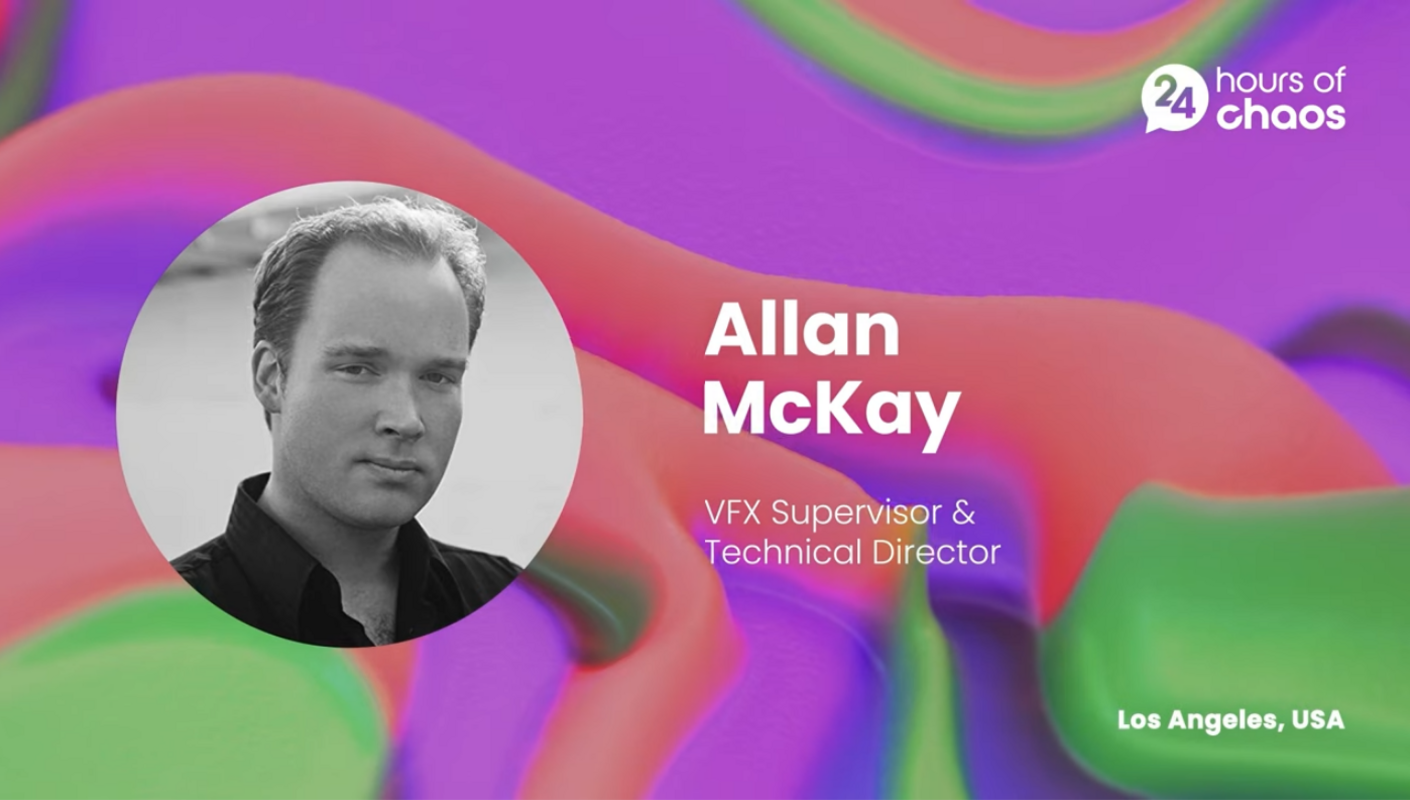

During his talk, Allan covered:
- Achieving efficiency through automation
- The power of AI
- Working remotely
- The right approach to challenges
- Dynamic workflows
- Automation and scripting
- The benefits of making buttons
The secret sauce? Automation
What if 3D artists could develop the software to make the exact changes they envision to the image? And what if they could create buttons to set up a whole lighting environment in an instant? Allan reminds 3D artists that this is all possible, and adds in the efficiency of automating the naming of render scene files. To add to that, the scenes should be named with enough description so that they can be tracked and managed. The renders produced in V-Ray for Maya are used in teaser images, beauty shots, and internal company presentations.
As senior artists, our work is very expensive, yet at the same time, we're doing things that eat up a lot of time and that aren’t necessary. That, for me, was always the big philosophy: automate a lot of what we do. Especially in the last 10 years, I never really thought about it, because it's been my secret sauce. I've created tools to pretty much do everything that I do in production.
Allan McKay, Technical Director, Hollywood, CA
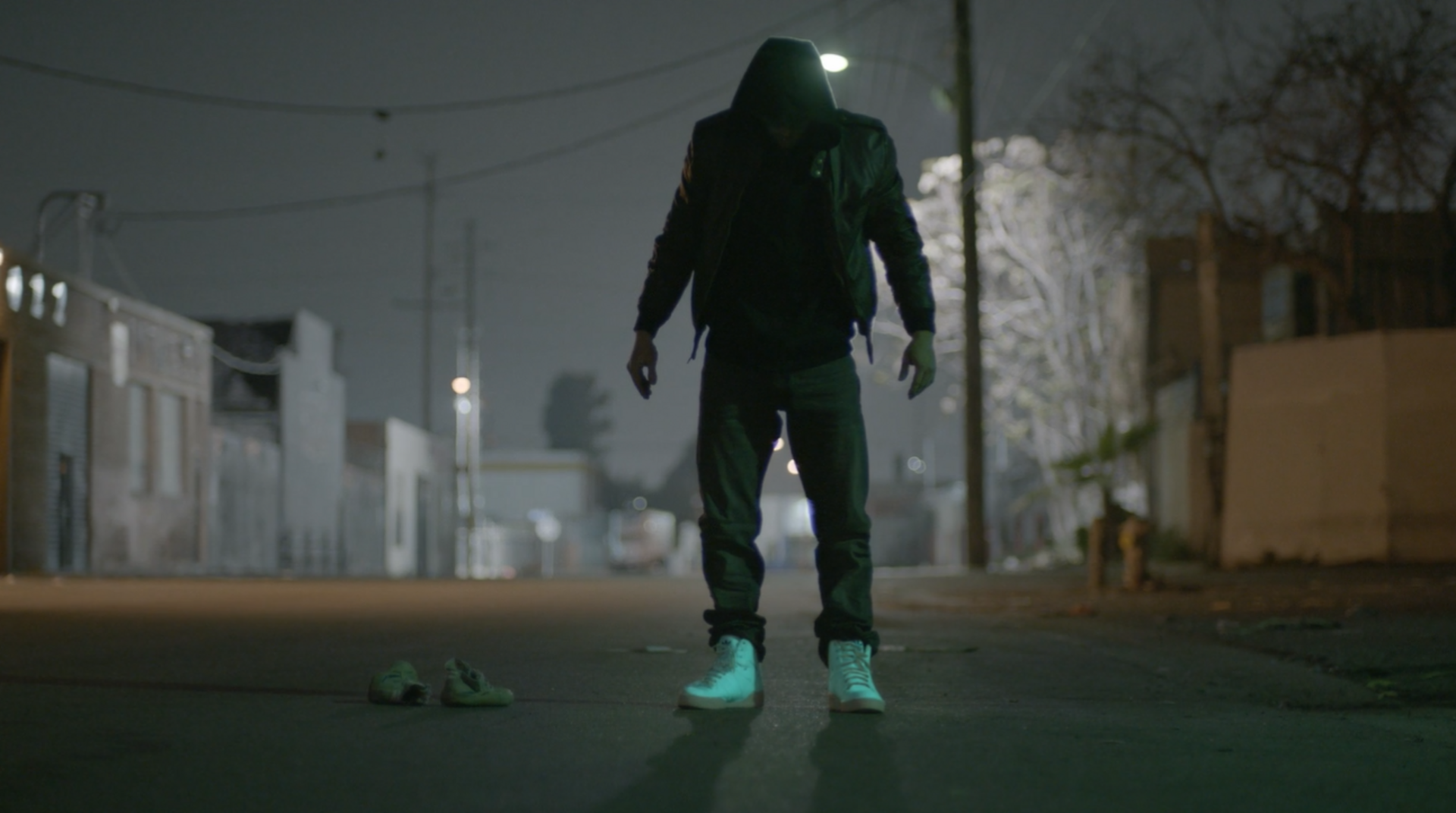
AI leads the way
So what’s all the hype about AI in the production process? Allan illustrates a great scenario to help us understand. He explains that if he removes himself from the process, the AI will produce one or two presentable shots which are shown to the client or director, who give one green light. At that point, Allan builds a tool that exposes all the controls and makes further editing simple. A junior or mid-level artist is then able to handle the work, saving the cost of assigning it to a senior.
In a lot of cases, you're able to save a lot of time by not needing a team of seniors. Instead, they can focus on the really important stuff. And the other people can do all the splashes, or whatever it is, knowing that the look and everything has been figured out. Now it's about just rolling it out onto the 100 Marvel shots or whatever that they've been awarded.
Allan McKay, Technical Director, Hollywood, CA
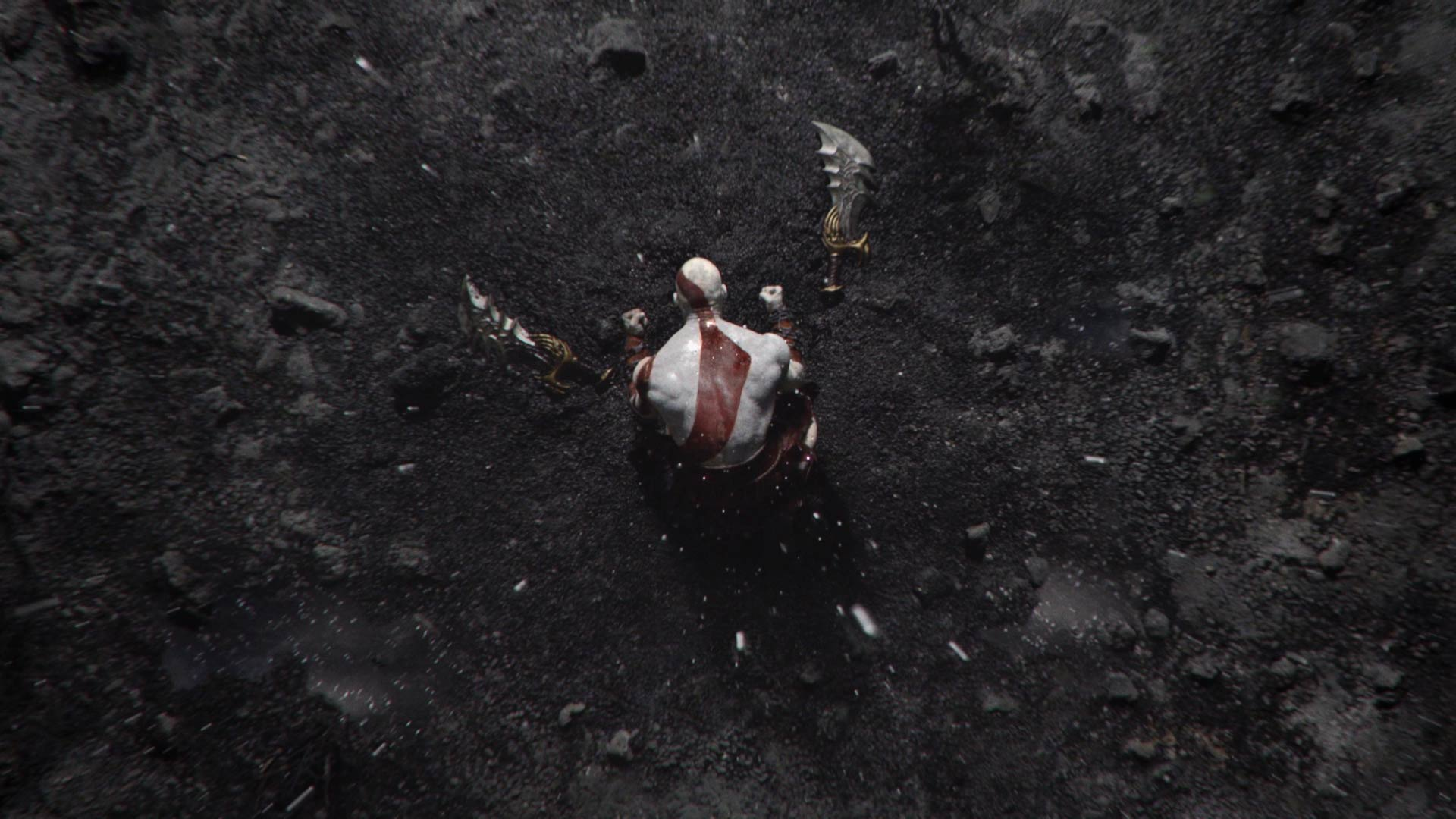
Using the right tools for remote work
Allan comments that he loves working remotely. When the pandemic hit, it was just another ordinary day for him. Still, it meant that he had to be able to free up as much time as possible in order to take on as many jobs as he could.
To help him stay focused and efficient, Allan relies on working with the right tools. Compared to 20 years ago, Allan says that it’s impossible and unnecessary to fully comprehend how all the tools work under the hood of the rendering software. Nowadays, most effects are achievable with a slider. The beauty of current technology is that all the processes have been simplified, so the artist can be more creative rather than having to deal with repetitive redundant tasks.
Working remotely was a big turning point for me. At one point, I was working on seven feature films from a hotel on my laptop, with my render farm in LA. And I'm able to work on all this stuff because the majority of the tools that I'm running can do most of the work. And then I can review the result, make some tweaks and let it do its thing again.
Allan McKay, Technical Director, Hollywood, CA

Building a creative mindset to solve challenges
Allan recalls a challenging job in which he had a week to create fire for The Evil Within. He was required to simulate fire on hundreds of trees for wide and close shots.
He explains that the tricky part was covering a lot of ground in the wide shots, while focusing on the details in the close shots. The answer lay in simulating everything realistically.
I wanted to build a system which let me easily paint the sections in the way that I wanted them to look. I would go in and paint some flames growing up the tree and crossing over to another tree, which grows into another. That way, the flames travel from tree to tree and look realistic.
Allan McKay, Technical Director, Hollywood, CA
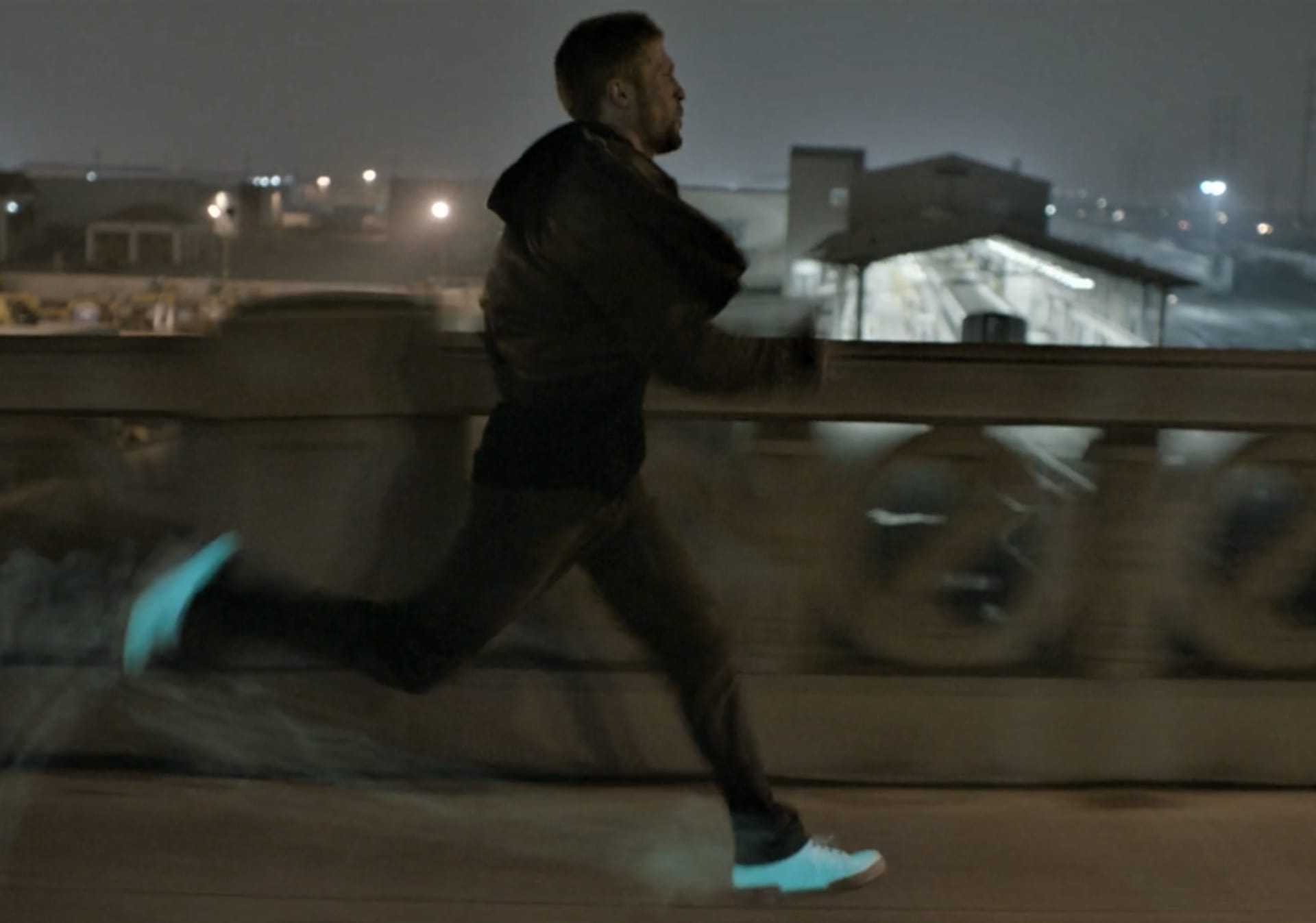
Allan’s dynamic workflows
After creating a few different types of large scale flames for The Evil Within, and getting the look approved, the director steps away, and lets Allan roll it for all the shots. He would then spend a day setting everything up and creating hundreds of fire simulations.
Allan used a paint tool across the entire environment, painting fire in different sections of the scene, taking his time to create organic patterns, and specifically avoiding setting fire to certain characters.
Afterwards, he enters the growth system stage, and then the activation system stage. The systems animate some boxes moving or growing, expanding over areas. There are bounding boxes where he wants fire to be.
Once the shots look good, it’s time to run the simulations. At that point, Allan does a level set, which creates a big grid of the entire environment and cuts it all up into smaller pieces. Then, he fires out all the individual simulations.
If this was a conveyor belt system, it would be made up of 100 steps. And for me to do it alone, would take me a month or two. But instead, it meant that all my time is dedicated just to being the artist and actually getting the controls to do everything that I want.
Allan McKay, Technical Director, Hollywood, CA
Meanwhile, for “Flight,” Allan relied on a different workflow. This short film featured a guy doing parkour stunts whose shoes were meant to have several effects applied on them.
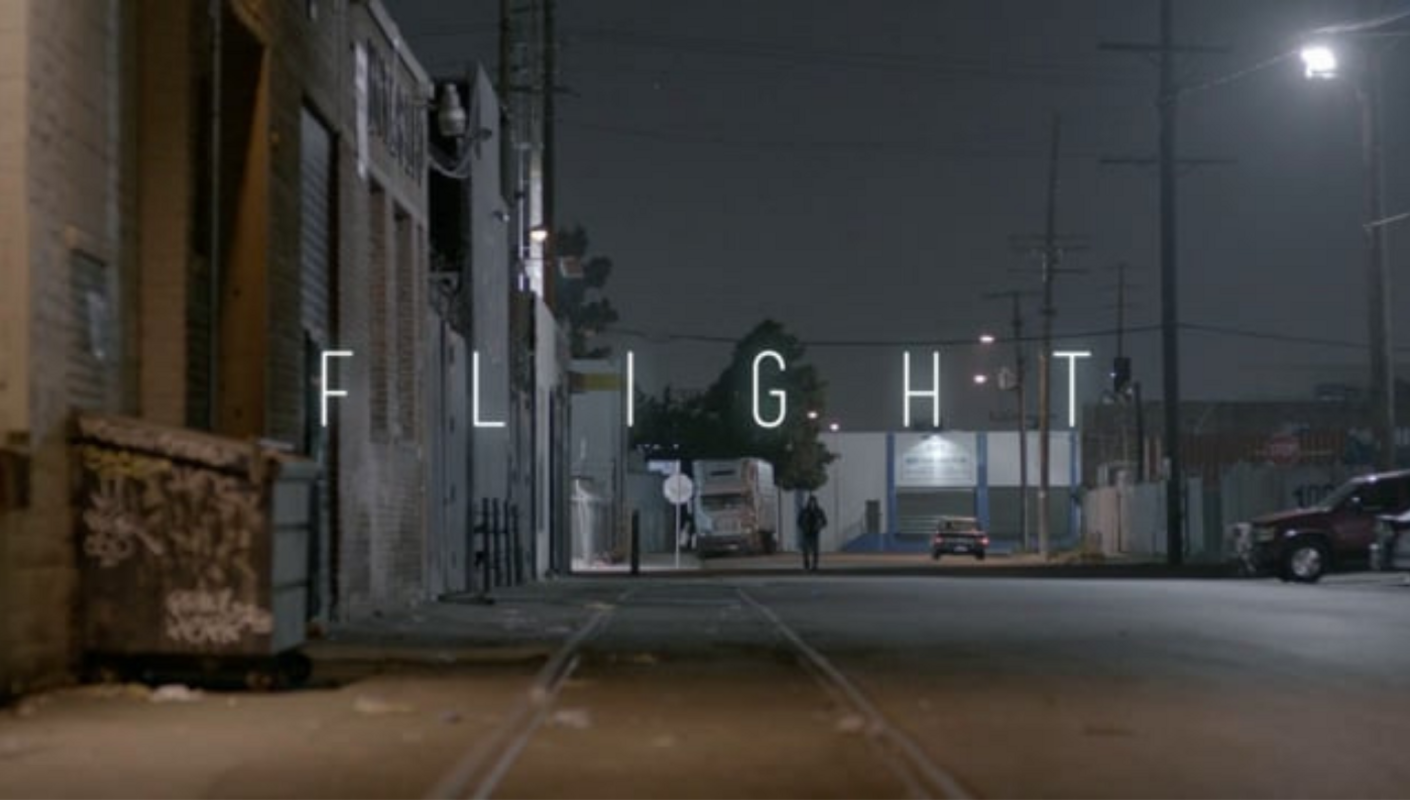

First, the matchmoving company needed to make sure to name the left and right shoes correctly so Allan could look at one or two shots and get the directors to approve the look.
After that, the match move files are imported into the shot. It then assembles, maps out all the geometry, the camera tracks come in, and everything is assembled automatically.
At that point, the simulations are and effects are applied into separate MAX files and sims. Everything gets sent to the render farm and rendering begins.
Then, everything goes into compositing, and renders out as QuickTimes with slates, watermarks, and everything else that's needed. Finally, the team reviews it. idual simulations.
The whole point of doing all that is not to show off, it's because then you can sit down, and review all the work. And you can say: ‘That looks good. Gotta tweak a few things there. I'm going to need you to dial in the settings a little bit, but we're 80% there.’ It's very easy to get to 90% or 99%. The last 1% is the bit that takes the most time.
Allan McKay, Technical Director, Hollywood, CA
Automation and scripting
To demonstrate the value of automation, Allan gives us another scenario in V-Ray for 3ds Max. Choose any shot, and the script will find where the plate, HDRI and assets are, as the LIDAR scan is brought in with the click of a button. All the layers are automatically set up and are consistent so all team members use the same layering system.
Render Elements are also done automatically. Allan shows us how he jumps from version one to version two seamlessly. It's very simple, but he reminds artists to be careful, as many often accidently overwrite their first version when they go to render because they save the files to version two.
Many artists also forget to actually change their render settings. The render settings like everything else, just automatically gets updated. So right from the first click, the whole scene is ready to render.
Apart from automating tasks in 3D rendering software, Allan encourages artists and animators to learn the basics of scripting.
I've known really great character animators who learned expressions, and a little bit of basic scripting, and it allowed them to do so much more with their animation and rigs.
Allan McKay, Technical Director, Hollywood, CA
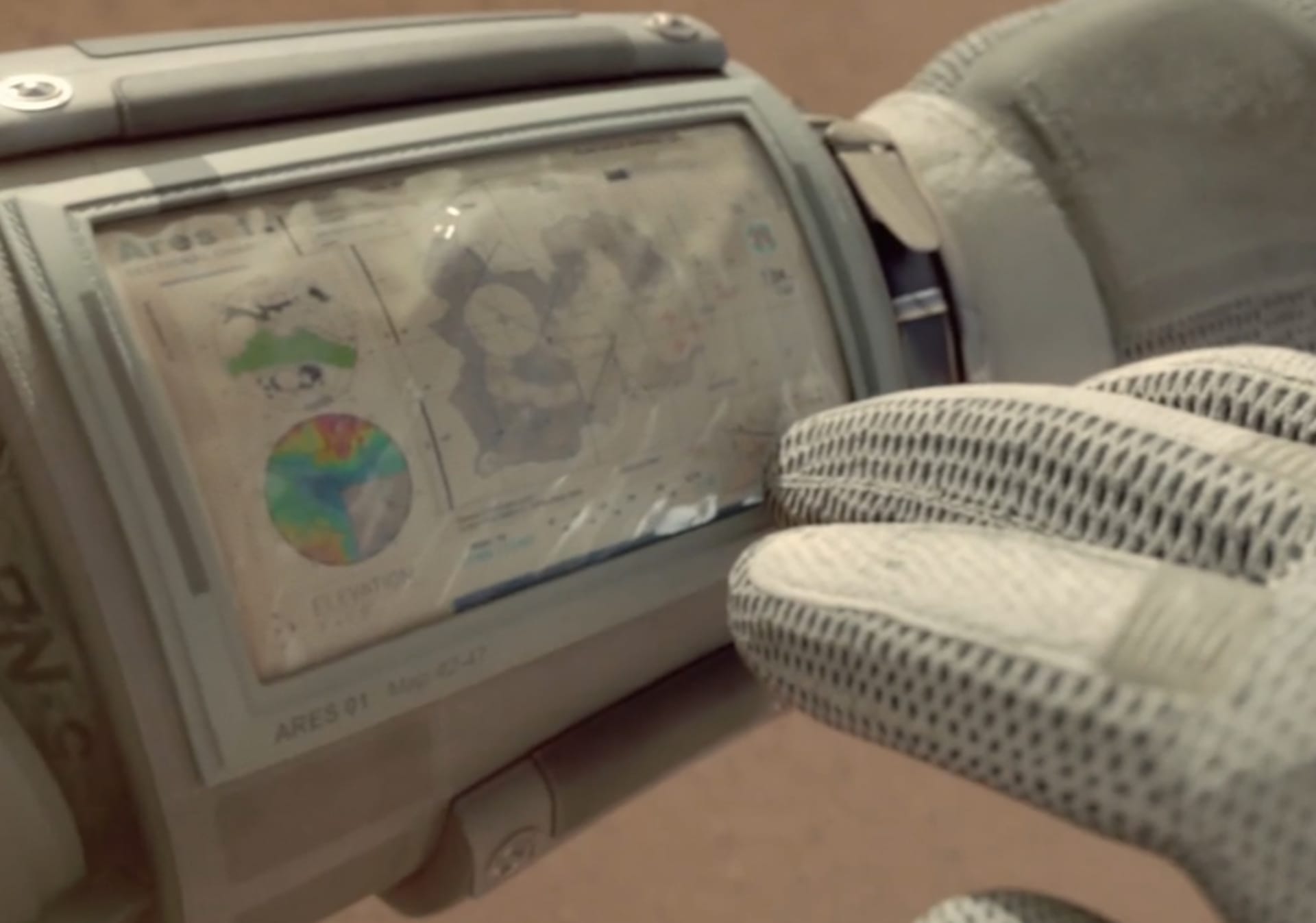
Making buttons work for you
By tracking what you’re doing every day in your rendering software, you’ll be able to find some possible shortcuts that can be accessed through tools and buttons. Optimizing your workflow is one of the benefits of creating your own buttons. After a while, you can share them with everyone else in your team. You can also start to understand what your team member’s needs are and greatly support them.
Another thing to consider is the value your skills bring to the table, and the recognition you receive from your studio. If people are being laid off, Allan shares that the artist who is able to script and automate is usually the last one to be dismissed. Scripting is a great way to position yourself professionally as a highly irreplaceable asset to your team and studio.
Despite the benefits, many are intimidated by learning to script. Allan believes that scripting should be approached with an artist’s mindset and looked at creatively. If you are working with Maya, there are echo commands in the script listener, and a macro recorder in 3ds Max. These are tools that will tell you what the code is doing when you click on a sphere.
After a while you can start looking at the code and, ask yourself, what if I change this one thing? Then when you learn how to do a loop, you can do that 10 times or 100 times. After some time, you ask yourself, what else can I do? Those baby steps help you go from being completely intimidated to curious — and that's where the fun begins.
Allan McKay, Technical Director, Hollywood, CA

